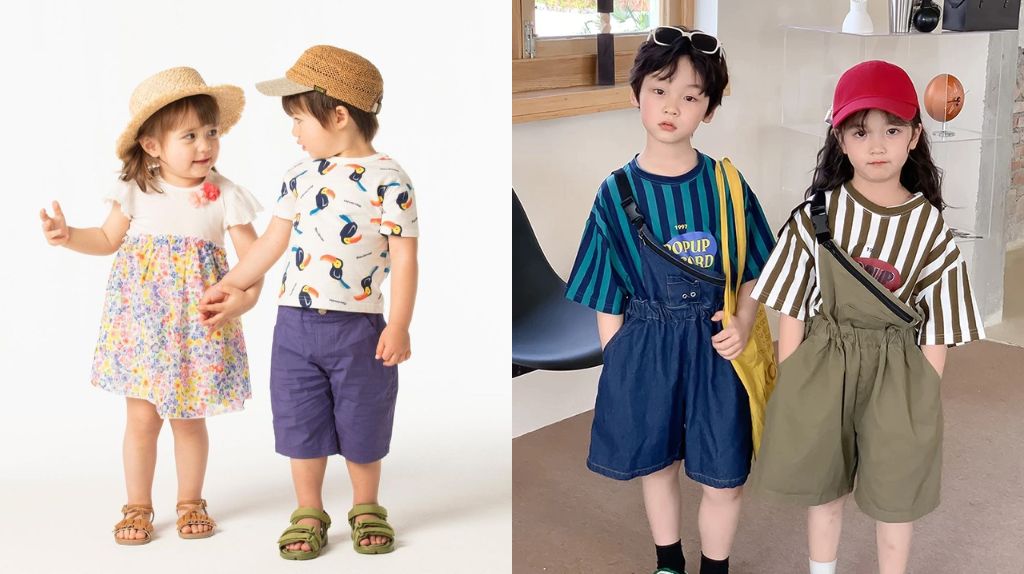Kids’ Clothing for Sensitive Skin What Parents Need to know

Caring for children with sensitive skin requires special attention to the clothing they wear, as certain fabrics and materials can exacerbate skin issues or cause discomfort. Parents should prioritize selecting fabrics that are gentle and Baby onesies non-irritating. Natural fibers like cotton, bamboo, and organic materials are ideal choices because they are soft, breathable, and less likely to cause allergic reactions. Cotton, in particular, is known for its hypoallergenic properties and moisture-wicking ability, which helps keep the skin dry and comfortable.
When choosing clothing for sensitive skin, it is also crucial to consider the fabric’s treatment and dyeing process. Many fabrics are treated with chemicals and dyes that can irritate sensitive skin. Opting for clothing labeled as “hypoallergenic” or “free from harsh chemicals” can help reduce the risk of skin irritation. Organic clothing brands often use natural dyes and fewer chemical treatments, making them a safer option for children with delicate skin.
Seams, tags, and labels in clothing can also contribute to skin irritation. Rough seams or irritating tags can cause discomfort or even rashes. Look for clothes designed with flat seams or seamless construction to minimize friction. Additionally, choosing clothing without scratchy tags or with tags that are easily removable can make a big difference. Many parents find it helpful to cut out tags or use tagless options to avoid irritation.
The fit of the clothing is another important factor to consider. Clothes that are too tight or too loose can cause chafing and discomfort. Opt for well-fitting garments that allow for some movement but aren’t overly loose or restrictive. Soft, stretchy fabrics like jersey knit can offer comfort and flexibility, making them a good choice for kids with sensitive skin.
Finally, proper care and maintenance of sensitive skin clothing are essential to ensure they remain skin-friendly. Wash new clothes before wearing them to remove any residual chemicals or dyes. Use a mild, hypoallergenic detergent and avoid fabric softeners, which can leave residues that irritate sensitive skin. Additionally, washing clothes in cold water and opting for gentle drying methods, such as air drying, can help preserve the fabric’s integrity and prevent skin issues.
In conclusion, selecting the right clothing for children with sensitive skin involves careful consideration of fabric types, treatments, and garment construction. By choosing natural, hypoallergenic materials, avoiding irritating seams and tags, ensuring a proper fit, and following appropriate care instructions, parents can help keep their child’s skin comfortable and irritation-free. These steps not only promote skin health but also contribute to the overall well-being of children with sensitive skin.
Leave a Comment